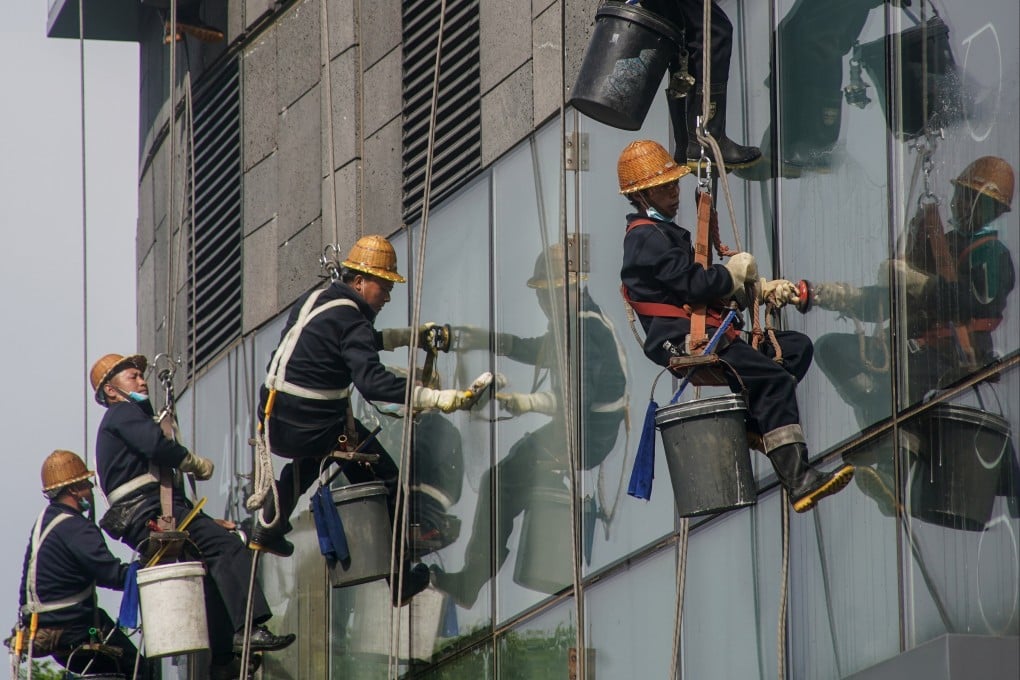China’s urbanisation push could be at a ‘bottleneck’, with slowest migration growth rate in quarter-century
- Downward trend may continue as economic situation remains challenging during the pandemic and fewer jobs are available in major cities
- Demographer warns that the higher the urbanisation rate, the lower the fertility rate – a worrisome prospect as China tries to cope with plunging births

China’s decades-long urbanisation push may have reached a bottleneck, after the movement of rural residents to large cities rose by less than 1 percentage point last year for the first time in 25 years.
The nation’s urbanisation rate of permanent residents rose by 0.83 percentage points to 64.72 per cent last year, according to data released on Monday by the National Bureau of Statistics, about China’s economic and social development.
China’s urbanisation rate was estimated to increase by an average of 1.03 percentage points annually during the 14th five-year plan (2021-25), with an aim of reaching 75 to 80 per cent by 2035, according to a report on the country’s population and labour issues, released in late December by the Chinese Academy of Social Sciences.
“This is the first time since 1996 that the urbanisation ratio rose by less than 1 percentage point,” according to Zhang Zhiwei, chief economist at Pinpoint Asset Management.
